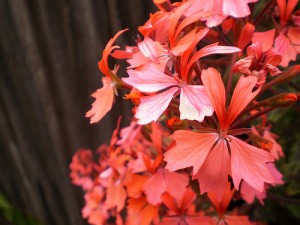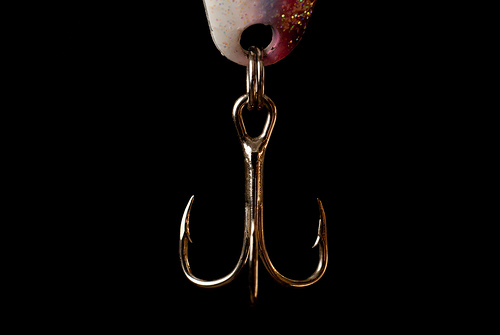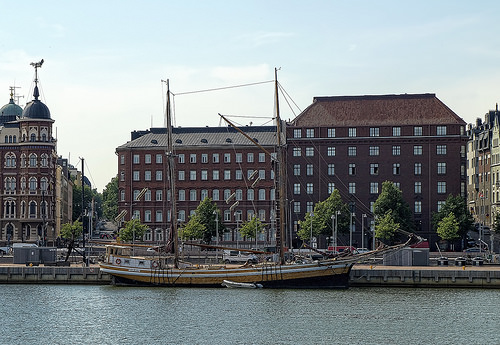Our work on The Big Idea this year culminated in a community feast event for Maddiston and Rumford. A FEAST is a community celebration which showcases local projects and gives the community the opportunity to choose who gets funding (along with sharing food and making connections). Our FEAST event was inspired by the Detroit SOUP, a community crowdfunding event which has been replicated across communities globally.
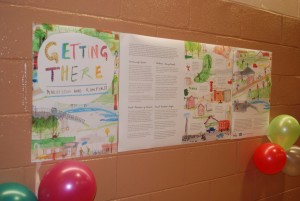 This meant we didn’t just invite people along, we invite them to pitch ideas which they thought could improve their community. This event was the culmination of a year’s worth of community enquiry* which revealed four key categories for improvement within the community:
This meant we didn’t just invite people along, we invite them to pitch ideas which they thought could improve their community. This event was the culmination of a year’s worth of community enquiry* which revealed four key categories for improvement within the community:
- Children and young people
- Community Spirit
- Travel, transport and traffic
- Local provision of services
*a full report based on this inquiry will be available in March 2017
Our hope that was although the available funding may not have been enough to move mountains, it would act as a catalyst for community action and sustainability.
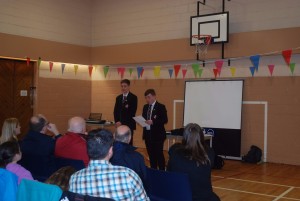 We invited all members of the community to attend the event by letter. This was based on learning from past events from all partners. Luckily, we were able to use the posting facilities of the council, who are partners on the Getting There project. We also raised awareness for the event through the Maddiston Community Council’s Facebook page and website. We relied heavily on word of mouth, particularly when it came to recruiting groups who may not sign up online. We used Eventbrite to manage numbers, but did have groups arrive on the day without a ‘ticket’, but we had capacity and had planned for the eventuality!
We invited all members of the community to attend the event by letter. This was based on learning from past events from all partners. Luckily, we were able to use the posting facilities of the council, who are partners on the Getting There project. We also raised awareness for the event through the Maddiston Community Council’s Facebook page and website. We relied heavily on word of mouth, particularly when it came to recruiting groups who may not sign up online. We used Eventbrite to manage numbers, but did have groups arrive on the day without a ‘ticket’, but we had capacity and had planned for the eventuality!
On reflection, we realised that many invitations didn’t make it through doors in particular postcodes. This may seem like a small oversight, but one that may have made some members of the community feel excluded. We also learned a lot about the timing of these sorts of events. Our event was at the end of January, which was actually great as people were excited about an energising event after a month of the cold. However, it meant that we had an extremely tight turnaround on invite distribution in the new year.
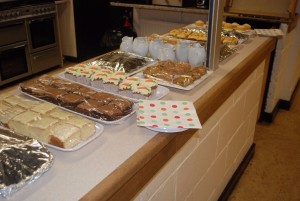 On the day, we were pleased to welcome a cross-section of the community to the event, approximately 70 residents of Maddiston and Rumford. Surprisingly, a hand count revealed that only around 10-15% of the people in attendance on the day had been part of the initial community research. This suggests to us that the event may have had more reach than the survey (perhaps because of the mailout).
On the day, we were pleased to welcome a cross-section of the community to the event, approximately 70 residents of Maddiston and Rumford. Surprisingly, a hand count revealed that only around 10-15% of the people in attendance on the day had been part of the initial community research. This suggests to us that the event may have had more reach than the survey (perhaps because of the mailout).
After we shared finding from the community inquiry, including a media presentations, we heard presentations from 8 great projects, which all proposed to improve one of our research themes, or more. These included:
- Nurture Project – Maddiston Primary School: Creating nurture spaces around the school to support and promote well being of pupils and families in the community.
- Achievement Project – Braes High School: Celebrating success of young people in the local community through posters and displays
- Youth Club Project – Maddiston Salvation Army: Help cover costs of setting up Youth Club for 1st to 3rd year pupils, including equipment and excursions
- Activity Centre Outing – Maddiston Friday Youth Club: Help with costs for an overnight outing to an activity centre to develop confidence, new skills and teamwork.
- Lunch Club: Help cover the costs of setting up a lunch club to provide healthy, low cost food and a place to socialise.
- Growing for All – Muiravonside Community Growing Area: Buying raised beds to make the growing area suitable for wheelchair users and people with mobility problems.
- Summer Fete – Maddiston PSA: Help with costs for running summer fete for the community
- Sports Equipment – Maddiston Minis: Improving kit and equipment for 3 youth football teams catering for 5-13 yr olds.
How did people vote for ideas?
We allocated a marble at the door to each paying adult, and once the community had heard from each project, they cast their vote independently. It is interesting to note that the votes were fairly evenly spread across the projects, indicating that most ideas appealed to the community in some way. However, we were able to fund five projects from the day! (indicated in bold above)
What did folk think about the day?
Overall, the day was received positively. People learned a little about their community, made positive social connections, felt able to take part and were pleased to know “that things are already going on that are very encouraging”
In future, people expressed interest in a further event: “An event which encourages individuals to take part in positive improvements and leave feeling welcomed and united.”
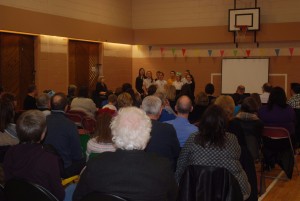 We also had feedback from people who wanted to see a broader range of people from the community involved – including older people and young people who attended different schools than Maddiston Primary and Braes High.
We also had feedback from people who wanted to see a broader range of people from the community involved – including older people and young people who attended different schools than Maddiston Primary and Braes High.
In many ways, the event felt like a celebration not just of the work done by the Getting There Project and Maddiston Community Council, but the community itself. Performances from local schools and catering from local businesses added warmth and energy to the day.
What are the next steps?
Iriss will be allocating the funding to these community projects before March, and meeting with the Getting There group to discuss next steps. We will be checking in with projects who received funding on the day to document their learning and impact. Falkirk Council has also been awarded funding (£11,000) which they will distribute using a very similar event format based on learning from the day. We look forward to understanding how they adapt and embed this approach.
